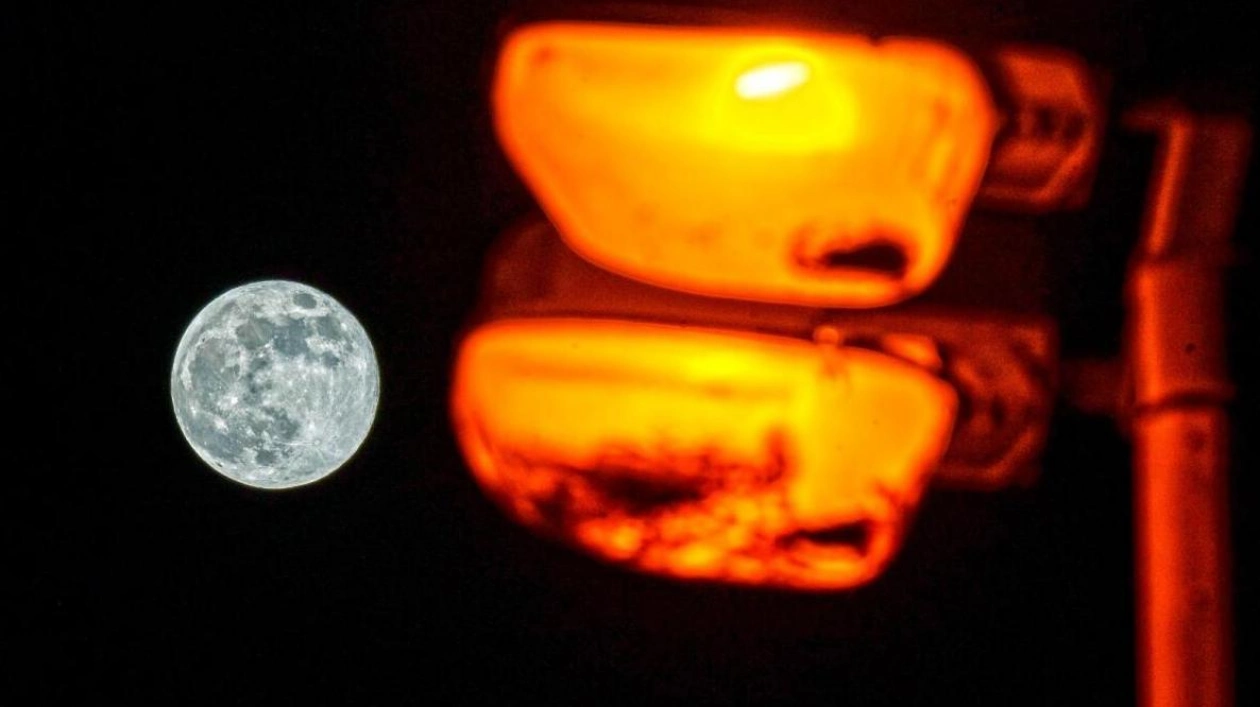KT Photo: Shihab
The UAE has experienced a series of celestial wonders over the past few months, and another one is currently gracing the skies. Stargazers in the country might have noticed the moon appearing fuller than usual, which is due to the “biggest supermoon of the year,” according to Khadijah Al Hariri, Operations Manager at Dubai Astronomy Group. A supermoon occurs when the moon is at its closest point to Earth, making it appear larger than normal. Due to this proximity, the moon also appears brighter to the human eye, Khadijah explained.
This supermoon is known as the Hunter’s Moon, as it provides ample light for hunters to gather food. The Hunter’s Moon is the third of four supermoons in 2024 and is the closest astronomically, Khadijah added. Although the moon’s actual color remains unchanged, its increased closeness to the horizon may cause it to take on an orange hue, especially during moonrise, due to light pollution.
When can UAE residents witness the supermoon? The Hunter’s Moon will reach its peak on October 17 and remain at its peak throughout the night. It can also be seen for the next two days after its peak. After this period, the moon’s changing phase will cause it to appear slightly different as a shadow begins to form.
Photo: Dubai Astronomy Group
The “best thing” about the supermoon is that it can be observed from anywhere, Khadijah noted. While no specific location is necessary, the moon can be better observed from open areas like beaches. “For the full effect, it is best viewed around 7pm,” she added. Residents can enhance their viewing experience with telescopes or binoculars, if available.
‘Lucky year’
The Dubai Astronomy Group also organized a supermoon viewing event today. “It’s a lucky year for us,” Khadijah said, as celestial events have been plentiful. With the UAE’s growing involvement in space, residents are increasingly interested in the field. People of all ages, from young children to older residents, attend these events, she added. DAG aims to spark public interest in space, including encouraging university students to pursue careers in this field.
The next supermoon will be visible on November 15, so if you miss this one, another opportunity awaits! Next month’s supermoon will coincide with the Leonids meteor shower, which is expected to produce around 20 meteors per hour in mid-November.






